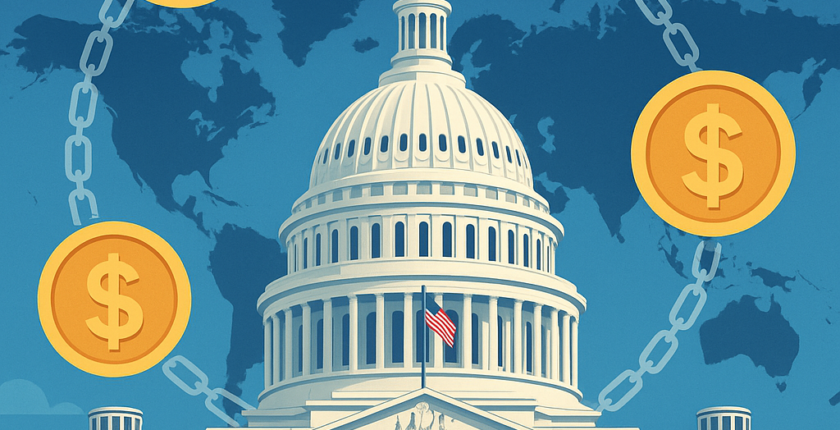U.S. Digital Asset Policy: A Roadmap for Leadership in Digital Finance
On July 30, 2025, the President’s Working Group on Digital Asset Markets published a comprehensive fact sheet detailing its strategy to position the United States as a global leader in digital financial innovation. This follows a 160-page report, signaling a shift from regulatory ambiguity to a cohesive framework driven by legislative and agency coordination.
From Executive Order to National Strategy
Established under Executive Order 14178 in January 2025, the Working Group was tasked with identifying innovation barriers, proposing reforms, and developing a national strategy for digital assets. The order also reiterated the administration’s stance against a U.S. central bank digital currency (CBDC).
Core Policy Recommendations
The fact sheet highlights critical policy objectives:
-
Regulatory Clarity and Market Structure: Congress is urged to expand the Commodity Futures Trading Commission’s (CFTC) authority over digital commodity spot markets while refining the Securities and Exchange Commission’s (SEC) oversight of digital asset securities.
-
Accelerated Agency Guidance: Federal agencies are directed to expedite rulemaking on trading, custody, registration, and safe harbor frameworks to foster early-stage innovation.
-
Banking System Modernization: The administration seeks to eliminate discriminatory practices against digital asset firms, formally ending policies critics referred to as “Operation Choke Point 2.0.”
The Strategic Bitcoin Reserve: A Quiet Presence
While the fact sheet emphasizes crypto-backed fiscal infrastructure, it omits updates on the Strategic Bitcoin Reserve and U.S. Digital Asset Stockpile, announced in March 2025. Managed by the U.S. Treasury and comprising seized or forfeited digital assets, this reserve operates as a budget-neutral sovereign holding. Further details are anticipated in a forthcoming Treasury report.
Additional Policy Proposals
The Working Group also recommends:
-
Stablecoin Regulation: Legislative action to enact the GENIUS Act, which governs dollar-backed stablecoins.
-
Digital Infrastructure Support: A national push for tokenization and asset interoperability infrastructure.
-
Tax Reforms: IRS changes to apply wash-sale rules to crypto and enhance cost-basis reporting.
-
CBDC Prohibition: A legislative ban on any U.S. CBDC, aligning with current statutory frameworks.
Implications for Stakeholders
The Working Group’s roadmap signals a move toward institutional adoption and standardized regulation, with key developments to monitor:
-
Increased Oversight: Firms should prepare for heightened SEC or CFTC scrutiny based on asset classification.
-
Safe Harbors: Early-stage crypto ventures may benefit from regulatory sandboxes offering temporary enforcement relief.
-
Banking Opportunities: The end of regulatory barriers enables federally chartered banks and credit unions to reengage with digital assets.
-
Legislative Progress: Bills like the Clarity Act will shape market structure reforms in the near term.
-
Treasury Disclosures: The industry awaits details on the U.S. government’s crypto holdings.
Conclusion
The Working Group’s recommendations mark a turning point in U.S. digital asset policy, moving away from fragmented enforcement toward a unified framework that balances innovation and investor protection. With legislative and agency actions expected this fall, industry participants and legal professionals should stay vigilant for updates in rulemaking, tax policies, and licensing requirements.
Kelman PLLC is actively tracking crypto regulation developments and offers expert guidance for clients navigating this dynamic landscape. Contact us for consultations or further information.
Originally published at Kelman.law.

